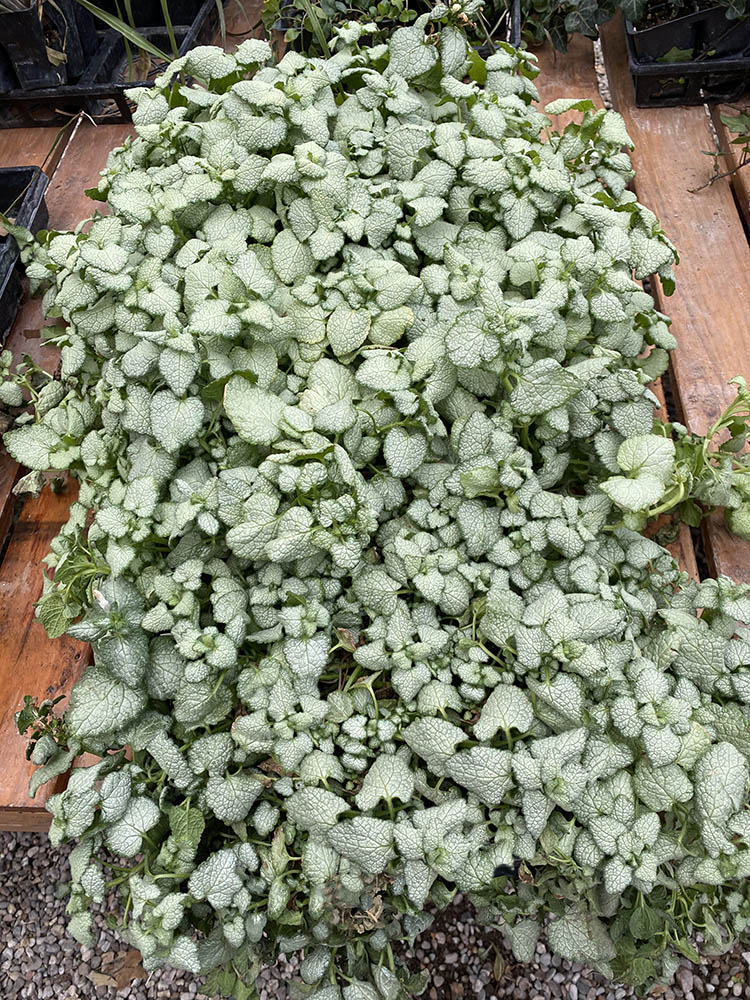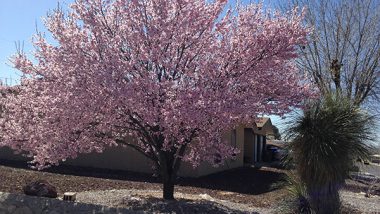Last updated on March 9th, 2025 at 07:22 am
Dead Nettle Plant Care Planting. Meet the dead nettle (Lamium purpureum), a charming little leaf plant ideal for ground cover or as a focal point in a decorative pot. This herbaceous perennial thrives best in acidic soil, making it an excellent choice for gardeners who want low-maintenance greenery. Curious about why it’s called “dead”? Unlike its stinging cousin, this plant’s leaves are gentle to touch.
Soil Requirements
Want to keep it happy? Ensure your soil is well-drained, and keep it in partial shade for a lush, thriving display. Feeling creative? Pair it with ferns or hostas for a striking contrast. There are about 50 species of this plant but the most common is the white Nancy (Malculatum). These plants are usually sold at retail gardening stores throughout the U.S.

The leaves are a spotted white in the middle surrounded by dark green around the edges. It also produces a small white cluster of flowers in early spring and through late summer. It will become somewhat drought tolerant once it becomes well established. Other cultivars of this plant will produce pink and purple flowers. It is not an invasive plant, so planting several in a row is a good idea.


Where to place this plant?
It likes shady conditions so underneath a tree on a north/eastern exposure will work best. Here is a list of shade-loving plants. Plant them in the foreground with taller perennials/annuals toward the back. Again, place them where there will be afternoon shade. It is one plant that does not mind hard Calchie soil. They will grow up to 7″ tall and can spread about 2ft. wide. Trim them down to about 2-3″ during the late winter seasons for a good spurt of growth in early spring.
Problems with this plant
The Dead Nettle plant often stands strong against most diseases and pesky insects. Still, now and then, you might spot slugs or aphids showing some interest in it. These little critters can sometimes be a nuisance, but usually, they don’t cause significant harm to this hardy plant. Have you ever noticed this in your garden? Keeping an eye out can help you manage any issues quickly. Remember, a quick rinse of soapy water can often do the trick in keeping them at bay.
Amazingly, the leaves of this plant aren’t just edible—they can also be brewed into a refreshing tea that can be enjoyed at any time. Have you ever considered adding them to your next culinary creation, perhaps as a unique twist? Whether you’re sipping them as a soothing tea or incorporating them into a salad, soup, or even dessert, they offer a world of possibilities. With a little imagination, you can explore various delectable ways to use this versatile plant in your kitchen adventures. ediblewildfood.com
Dead Nettle plant is NOT toxic to dogs or cats.
This perennial plant can be used in USDA zones 3-8.
Dead Nettle Plant Care and Planting
Do you have questions or comments? Let us know by commenting below.

Greenhouse Manager, Master Gardener, and Webmaster.
If you have any questions or enjoyed this post, feel free to share your thoughts in the comments below.


